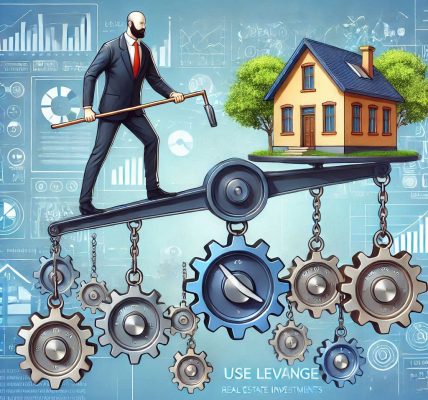Introduction
With growing concerns about climate change and environmental sustainability, the real estate industry is shifting towards eco-friendly practices. Sustainable and green real estate is no longer just a trend; it is a strategic investment that offers both financial and environmental benefits. But is it a smart investment for you? This guide explores the advantages, challenges, and key factors to consider when investing in green real estate.
What Is Sustainable Real Estate?
Sustainable real estate refers to properties designed, built, and managed with environmental considerations in mind. This includes energy efficiency, water conservation, use of sustainable materials, and reducing carbon footprints. Green buildings often meet certifications such as:
- LEED (Leadership in Energy and Environmental Design)
- BREEAM (Building Research Establishment Environmental Assessment Method)
- WELL Building Standard
- Energy Star Ratings
Benefits of Investing in Green Real Estate
1. Higher Property Value and Demand
Sustainable properties tend to have higher market value due to increasing demand from environmentally conscious buyers and tenants. Studies show that green-certified buildings sell faster and at premium prices.
2. Energy and Cost Savings
Green buildings use renewable energy sources such as solar panels, geothermal heating, and smart energy systems, leading to reduced energy consumption and lower utility bills.
3. Government Incentives and Tax Benefits
Many governments offer tax credits, grants, and subsidies for green real estate investments, making them financially attractive.
4. Better Rental Yields
Eco-friendly rental properties attract tenants willing to pay higher rents due to lower energy costs and a healthier living environment.
5. Long-Term Sustainability and Risk Reduction
Green buildings are future-proof against evolving environmental regulations and increasing energy costs.
Challenges of Green Real Estate Investment
1. Higher Upfront Costs
While sustainable properties offer long-term savings, initial investments in eco-friendly materials and technologies can be costly.
2. Limited Availability
Finding green-certified properties in certain locations can be challenging, limiting investment opportunities.
3. Market Awareness and Education
Many buyers and tenants lack awareness about the benefits of sustainable real estate, which can impact demand in some areas.
How to Invest in Green Real Estate
1. Choose the Right Location
Invest in cities with strong green building initiatives, environmental regulations, and demand for sustainable living.
2. Look for Green Certifications
Properties with LEED, Energy Star, or similar certifications ensure high sustainability standards.
3. Retrofit Existing Properties
If buying a traditional property, consider upgrading insulation, installing solar panels, and switching to energy-efficient appliances to make it greener.
4. Leverage Green Financing Options
Look for green mortgages and loans designed to encourage sustainable real estate investment.
5. Partner with Experts
Work with green real estate agents, architects, and sustainability consultants to ensure your investment meets environmental and financial goals.
The Future of Green Real Estate
As governments and industries push for carbon neutrality, green real estate will become the new standard. Innovations such as smart homes, net-zero energy buildings, and sustainable urban planning will drive growth in the sector.
Conclusion: Is Green Real Estate a Smart Investment?
The answer is yes, but with careful planning. While initial costs may be higher, the long-term benefits in terms of cost savings, property value, rental income, and environmental impact outweigh the challenges.
By investing in green real estate today, you not only contribute to a sustainable future but also position yourself for strong financial returns in an evolving market.




